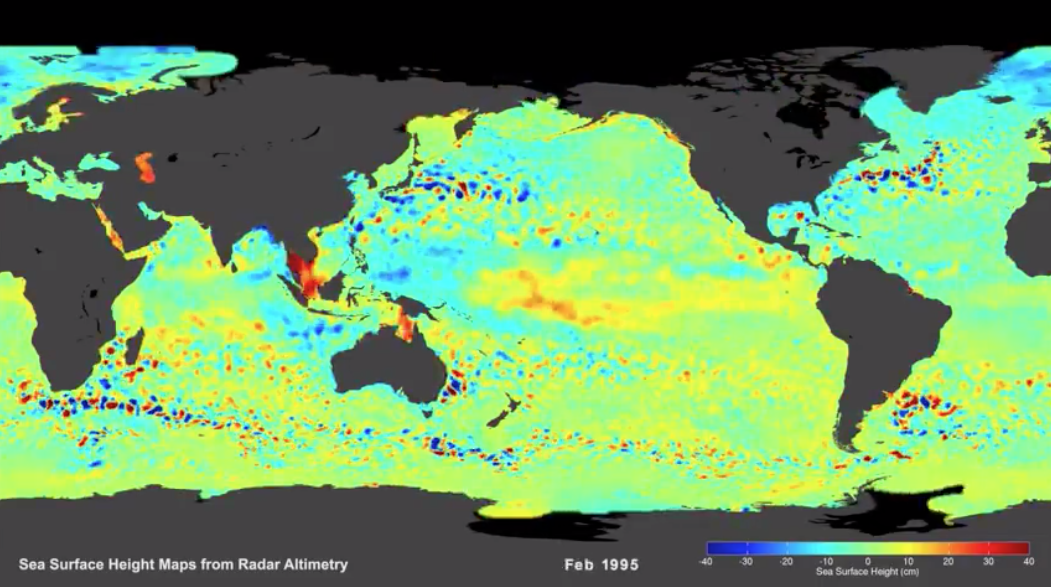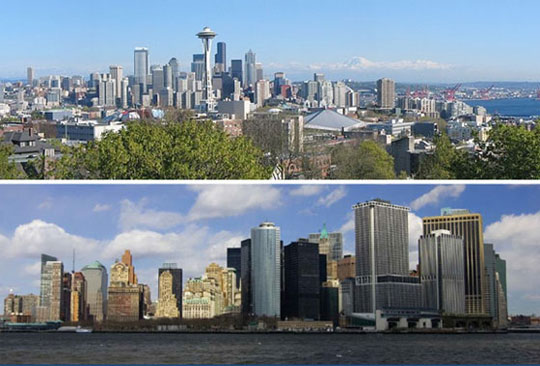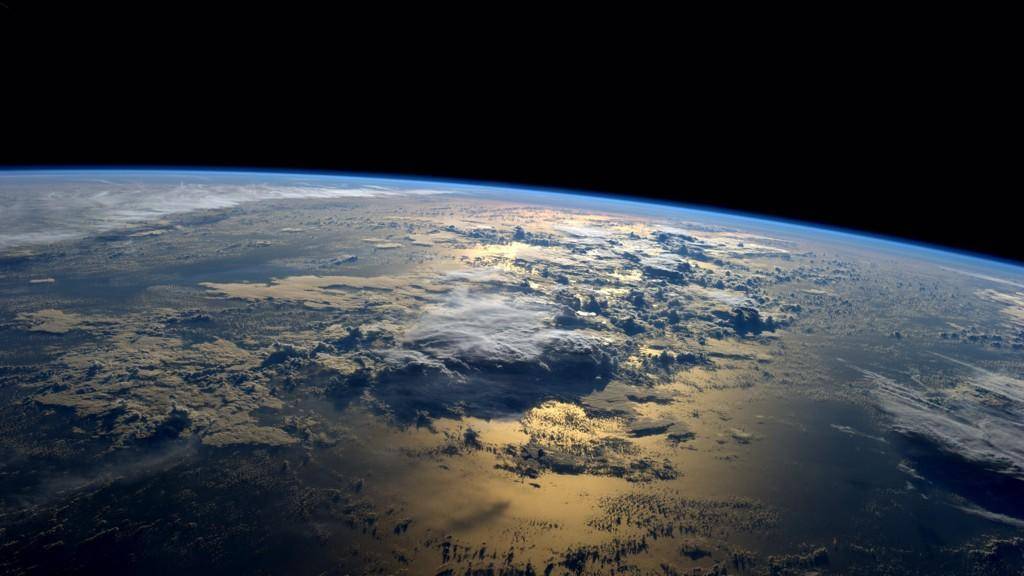Lesson Plans
The Sea Level Rise Quiz
Overview
Test your knowledge of sea level rise and its effect on global populations.
You can browse a gallery containing this quiz and others at the Know Your Earth Quiz Collection.
The current phase of the Know Your Earth Project aligns to the larger NASA Earth Right Now Campaign through the creation of NASA Earth science quizzes. The quizzes focus on current NASA Earth science research topics and will be centered on an Earth science theme. The Earth Right Now campaign is a large-scale, NASA-wide campaign that, at its focal point, are the five NASA Earth science missions. The quizzes will highlight these missions during their respective launch and will highlight many NASA Earth science airborne and field campaigns.
We hope you enjoy learning more about NASA Earth Science and all the vital data and information that can be used to better understand our planet.
Materials Required
Computer
Supported NGSS Performance Expectations
- 4-ESS2-2: Analyze and interpret data from maps to describe patterns of Earth’s features.
- 5-ESS2-1: Develop a model using an example to describe ways the geosphere, biosphere, hydrosphere, and/or atmosphere interact.
- MS-ESS2-2: Construct an explanation based on evidence for how geoscience processes have changed Earth's surface at varying time and spatial scales.
- HS-ESS2-2: Analyze geoscience data to make the claim that one change to Earth's surface can create feedbacks that cause changes to other Earth systems.
- HS-ESS3-6: Use a computational representation to illustrate the relationships among Earth systems and how those relationships are being modified due to human activity.
The student will assess his/her current understanding of sea level rise system through an online quiz.
1. Sea level has remained fairly constant throughout Earth's history. False: Over long geological timescales, changes in the shape of the ocean basins and in land/sea distribution affect sea level. During the past few million years' ice age cycles, sea level has varied by more than a hundred meters.
2. Melting sea ice has the potential to raise sea level by several meters. False: Melting sea ice cannot raise global sea level since the ice is already floating. (Think of an ice cube melting in a glass full of water.) However, Arctic sea ice is thinning and the long-term summer average has decreased by 34 percent since 1979. Ice from glaciers and ice sheets, which form on land, does add water to Earth's ocean when it melts and does contribute to sea level rise.
3. Other than melting land-based ice sheets, which of these factors has made the largest contribution to the rise in sea level over the past 100 years? Warming of ocean surface waters, As the ocean warms, it expands and sea level rises, accounting for about a third of the approximately 20-centimeter sea level rise seen in the past century. Water released by melting land-based ice sheets contributes the other two-thirds of sea level rise.
4. What percentage of heat from global warming has the ocean absorbed in the past 40 years? 93 percent: Water resists changes in temperature; it is slow to heat up and slow to cool down. In scientific terms, water has high heat capacity. This means that, so far, Earth's ocean has been able to absorb and hold a majority of the heat from Earth's atmosphere.
5. El Niño is the result of global warming. False. El Niño is a natural Earth system phenomenon and is not directly associated with, or caused by, global warming. El Niño, marked by episodes of warm water in the eastern Pacific, is associated with regional and global changes in precipitation and ocean circulation patterns and has been occurring for hundreds of years or more. However, climate change might be influencing its frequency and intensity. Observations show that El Niño, La Niña and El Niño–Southern Oscillation (ENSO)-neutral years all display a long-term warming trend up to the present.
6. The normal temperature range for ocean surface water is: -2 to 35°C: Very cold and very salty water sinks to become deep water in Earth's polar regions, while warm water tends to remain on the surface in tropical waters. Fresh water freezes at 0°C, but sea water freezes at colder temperatures because it contains salt.
7. Sea level has never been higher than it is today. False: Compared to today, sea level was three to six meters higher during the last interglacial period (the warm interval between ice ages) about 125,000 years ago.
8. What percentage of the world's population lives within 100 kilometers of the shoreline? 39 percent: According to the World Resources Institute, in 1995 2.2 billion people, or 39 percent of the world's population, lived on or within 100 kilometers of a seashore. Recent studies reveal that up to 600 million people live in Low Elevation Coastal Zones and 200 million people live within coastal flood plains.
9. During the last ice age (about 18,000 years ago), when ice sheets were at their maximum extent, sea level was: About 120 meters lower than at present. During the last ice age, a significant portion of Earth's water was frozen into large ice sheets that extended away from the North and South Poles, just as they do today, but they covered a much greater area. In fact, much of North America was covered by ice at that time. Because so much water was locked within glaciers, sea level was lower.
10. Sea level rise contributes to more frequent flooding in which of these coastal areas? Tuvalu, a small island nation in the Pacific Ocean, is only 4.5 meters above sea level at its highest point. Rising sea level and high tides could submerge it entirely. Bangladesh is affected by yearly monsoonal flooding in addition to sea level rise. Venice becomes inundated because the land is gradually sinking by about 10 centimeters per year, an effect exacerbated by sea level rise.
- One-to-One (tablet, laptop, or CPU)






